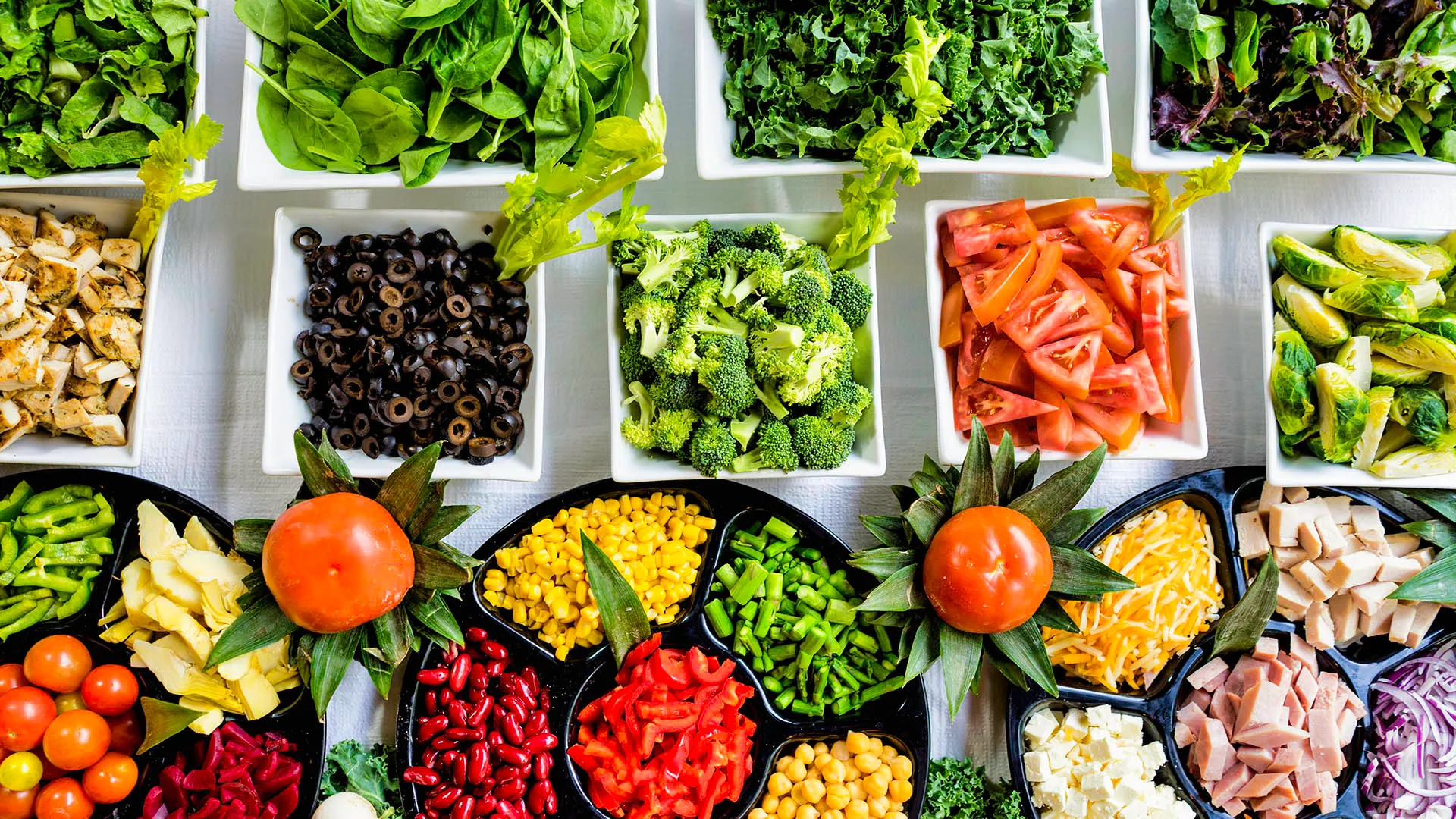Is Chocolate Healthy?

Covering myth-conceptions about cocoa and chocolate ... one topic at a time.
This just might just be the question that comes to my attention most often. After more than a decade of the industry pushing the notion that dark chocolate, especially anything above 70%, is healthy, people still seek reassurance.
Is chocolate healthy? Really?
TL;DR – as with most things in cocoa and chocolate, the answer is, it depends.
The fresh cacao seed is one of nature’s wonders. Its chemical makeup is very complex, containing many hundreds of chemical compounds, including macro- and micro-nutrients that humans can benefit from – some of which are quite bitter tasting.
Bitterness in nature is often a sign of poison, and humans are one of the few animals with the learned ability to overlook bitterness and have acquired a taste for cacao, coffee, radicchio, arugula, Chartreuse, and other foods and beverages.
To make the fresh cacao seed more palatable, a multi-step process transforms the chemicals in the fresh seed into other chemicals. Fermentation and drying are the first of these steps, and while the results can be more palatable than fresh seeds, the dried beans benefit from additional transformation in the form of roasting, the removal of unwanted volatile aromatics such as acetic acid (vinegar), and the addition of other ingredients (such as sugar, salt, herbs, and spices; especially sugar which for centuries was considered a spice).
Each of these manufacturing steps changes the chemical makeup found in the raw seed.
Some of these steps decimate the beneficial macro- and micro-nutrient content of cacao. The best (worst?) example of detrimental processing is alkalization. This is the chemical neutralization of acidity left over from fermentation. By controlling the type of base used, its concentration, contact time, and when in the manufacturing process alkalization happens, manufacturers have great control over the color and flavor of the resulting product – most often cocoa powder. Lost in alkalization – see what I did there? – are not only many flavor precursor chemicals that are responsible for the fruity, floral, and other notes so highly prized by many chocolate fans, but also many (most?) of the chemicals that can benefit human health and well-being.
Cocoa content on its own tells you nothing about the better-for-you potential of a chocolate. It does not say anything about the type of beans, how the beans were processed post-harvest, how they were roasted, what the chocolate will taste like: Nothing. It also doesn’t indicate how much of the cocoa content is fat (cocoa butter) and how much is the non-fat solids that contain most of good-for-you chemicals.

While it is generally assumed that less-processed is necessarily better that is not necessarily true. For the purpose of this discussion let’s focus on one aspect – bioavailability.

The assumption is that cooking something can only reduce the type, quantity, and bioavailability of nutrients in foods. But that turns out not to be the case. For example, it turns out that lightly steamed broccoli is, as a whole, more nutritious than raw broccoli. The steaming process makes some nutrients more bioavailable. There has been some research in this area on cocoa but nothing definitive as yet, but I am confident that well (as in properly) fermented and roasted cocoa beans contain quantities of many chemicals that are more bioavailable than in the raw seed – which is likely more important than their absolute measure.
There is also the question of balance in a larger context. Chocolate is a nutrient dense food, but there is a lot of fat and sugar in most chocolates. The question can be restated as, “Is chocolate a good way to consume those nutrients given the fat and sugar content required to consume beneficial amounts of those nutrients?”
Blog sites are quick to recite creeds like – Dark chocolate with high cocoa content brings significant health benefits. A 100gr, 70-85% cocoa content bar contains 11 gr of fiber as well as more than half the RDI of such nutrients as iron, manganese, magnesium, and copper, as well as some protein.
Not one ever cites which dark chocolate they are talking about, and 70-85% is a huge range to make definitive claims about any nutrient content, let alone a precise amount of fiber, especially given the variability in fat content which includes not only the naturally-occuring fat but any added cocoa butter, which can reach 10% or more.
What these bloggers also fail to report is that 100gr of their generic dark chocolate contains (according to the online nutrition database nutritionix), over 540 calories, and 48% of the RDI of total fats. That 100gr of generic dark chocolate contains nearly 60gr of carbs (closer to 50gr net carbs after considering fiber content) and 49gr of sugar. That 100gr of generic dark chocolate may contain 8mg of iron or 46% of the RDI, but that 46% of the RDI of iron comes at a very high price, dietarily speaking, when the total quantities of calories, fat, and sugar are considered.
The Healthiest Alternatives to Dark Chocolate
Given all of the above factors (and more that are beyond the scope of this now long #short), cocoa nibs and natural cocoa powder are probably the most efficient and flexible ways to benefit from the good-for-you chemicals in chocolate, if you enjoy the taste of chocolate, and you prefer not to consume your chocolate nutrition in powder or pill form.
TheChocolateLife Way of Thinking About Healthy Chocolate
For the past decade or more, I have been championing the idea that a healthy chocolate is any chocolate that, when you put it into your mouth, puts a smile on your face just because it tastes good. There is also a release of chemicals (serotonin? endorphins? cannabinoids? who cares?) that positively affect mood, and all of this lowers blood pressure, reduces stress, and induces relaxation.
Of course, it is necessary to practice restraint, because too much of a good thing might not be.
At TheChocolateLife, a healthy chocolate is any chocolate that takes someone to a happy place. The fact that there might be some beneficial micronutrients? Bonus. But Team TCL urges everyone not to lose any sleep over wondering whether or not the chocolate is “healthy” from a nutritional standpoint, because who needs that stress in their life?
Related Stories on TheChocolateLife

Featured image credit – Original by Dan Gold on Unsplash.
Let us know in the comments if you agree or disagree, and why you think I’m wrong. Or right. Or if you care.
